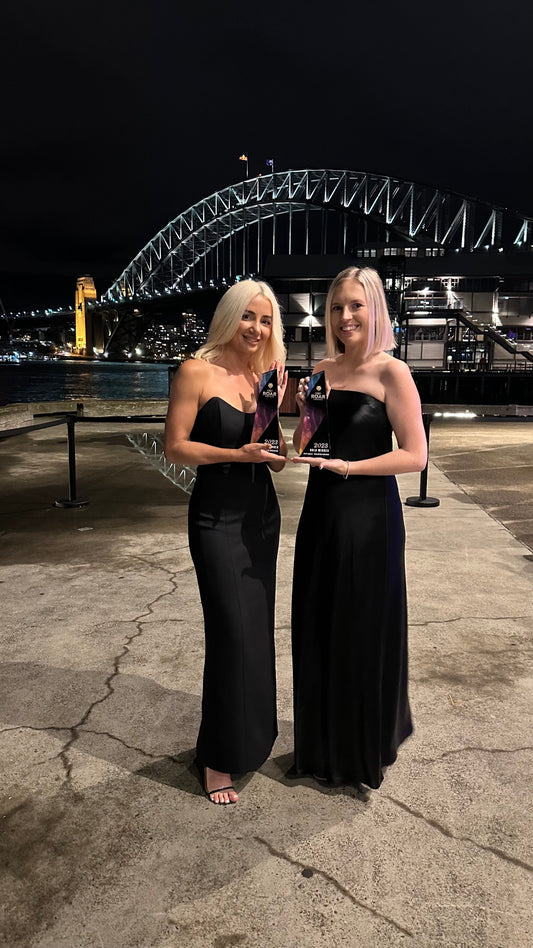If you consume my blog posts and content on a regular basis, you already know that over here at OJC, I’m BIG on the importance of customer loyalty and retention — and for good reason. Just a 5% increase in customer retention correlates to around a 25% increase in profit, according to a famous study by Bain & Company.
As a result, one of the key areas I work with my clients on is how to analyse their existing customer base and measure their loyalty via hard data. The beauty of this data is that it allows us to then adjust the overall strategy used by the business in the event that increased client retention is desired.
Consider this blog post your “go-to” glossary for customer loyalty analytics. You may not know what these terms mean yet, but by the time you’re done reading this post, you’ll have a solid handle on ALL the customer loyalty analytics you should be tracking for the best retention results.
With all of that being said, let’s go ahead and dive right into the terms.
To calculate your CRR, first you’ll want to determine the time frame you’re measuring it by. Some businesses choose to look at CRR in the context of one month, while others evaluate it on a bi-monthly or even annual basis. After you decide on the time frame, you’ll need to look at the following data:
- The total number of customers at the end of the time period (E)
- The total number of new customers you gained within the time period (N)
- The total number of customers at the start of the time period (S)
Then, plug those numbers into the following formula:
(E) - (N) / (S) x 100
Here’s an example. If you started a month with 50 customers, gained 20, but lost 10, your CRR would look like this: (60-20) / 50 x 100 = 80% retention.
Your net promoter score is a way for you to gauge how your customers feel about your business overall. The best part? It’s incredibly simple to calculate it. All you need to do is ask your customers ONE single survey question:
“On a scale of 1-10, how likely are you to recommend us to a friend or colleague?”
Before you can calculate your score, remember the three “categories” that participant responses will fall into.
(0-6) Detractors: These are unhappy customers who are unlikely to repeat a purchase and would share a negative opinion over a positive opinion with others.
(7-8) Passives: These customers are generally indifferent to your brand. They may switch to a competitor if they see a better product or a better price. They aren’t thinking about you much either way.
(9-10) Promoters: These are happy, satisfied customers who really like what your company is doing. They are enthusiastic about your offerings and likely to sing your praises to others.
Now that you know how to classify each response you get, you can calculate your NPS using the below formula:
(Number of promoters) - (Number of detractors) / (Number of responses) x 100 = NPS
Here’s an example. Let’s say 50 people respond to the survey. 20 are promoters and 10 are detractors. (20 - 10) / 50 = 0.2 x 100, giving you a 20% NPS.
NPS works best when tracked over time. I suggest sending surveys yearly, quarterly, or every 6 months. Comparing how your score changes over time can help you see if you’re on the right track.
Your customer satisfaction score measures how satisfied your customers are with a specific product, service, or experience. While your NPS looks at your overall brand, your CSAT focuses on specific, short-term happiness. Like NPS, your CSAT depends on one singular question:
“On a scale of 1-10, how satisfied are you with your experience today?”
You can use the same “categories” you used for your NPS to classify your responses.
To get your CSAT, add up all of the positive responses, divide them by the total number of responses, and then multiply by 100. It’ll look like this:
CSAT = (Number of Positive Responses) / (Total Number of Responses) x 100
For example, if you receive 50 responses and 35 are positive (a 9 or 10 on the scale), you’d have a CSAT of 70%.
The best way to determine your CSAT is to send out surveys shortly after a customer interaction (such as a purchase or customer service experience) — think within a day or two. This ensures the interaction is still fresh in their mind so they can give the most relevant feedback.
Your customer effort score will give you insight into your overall customer experience. The easier it is for your customers to make a purchase, use your products, or get problems solved as they arise — the better. Making the effort to calculate your CES will ensure your customer experience is helping rather than hurting your business.
Your CES survey should open with, “On a scale of 1-10…” and then follow with a question specific to the interaction you want to test. For example:
- “On a scale of 1-10, how fast were you able to solve your problem today?”
- “On a scale of 1-10, how easy was it to make a purchase on our website?”
- “On a scale of 1-10, how would you rate today’s customer service experience?”
To calculate your CES, you’ll want to divide the sum of all ratings by the total number of responses you receive. Here’s what this will look like formulaically:
CES = (Sum of all ratings) / (Total number of responses)
For example, if 100 people rated you on a scale of 1-10, and the responses added up to 700, you’d have an average CES of 7 as (700/100) = 7.
Like CSAT, your CES is best calculated shortly after a customer interaction.
Your repeat purchase rate measures the percentage of customers that make more than one purchase in a given time period. While your customer retention rate intentionally focuses only on customers who have bought from you before, your RPR factors new buyers into the mix and includes anyone who has made multiple purchases.
You can calculate RPR as often as you’d like since it doesn’t require customer responses. I recommend monthly or bi-monthly as a rule of thumb.
The formula for RPR is simple. You’re going to divide the number of repeat customers by the number of total customers and then multiply by 100. It will look like this:
RPR = (Number of repeat customers) / (Number of total customers) x 100
For example, if you’re an indie beauty brand with 200 customers and 150 of them are repeat customers, you’d have an RPR of 75% as (150/200 = 0.75) x 100.
While there’s no hard formula to back this one up, looking at what your customers are saying about your brand (on social media and in the reviews they are leaving) is SO important when it comes to boosting customer loyalty. Look at what brands your customers like, what they are talking about, and what is trending on social media apps like Instagram and TikTok. You can also ask your customers for feedback as these apps are a great way to directly connect with your audience and get their genuine thoughts on what they love and what could be improved. Finally, acknowledging your customers whether they’re voicing compliments or complaints is a great way to establish your company as one that truly cares about their customer base.
You can use all of the data and information you gather via these analytics to gain a deeper understanding of what your customers want to see more of and where you can improve!
You can also book a strategy call with me if you want to consult with an expert business and marketing consultant on how you can improve customer retention. If this is you, click here to learn more about booking with me!





